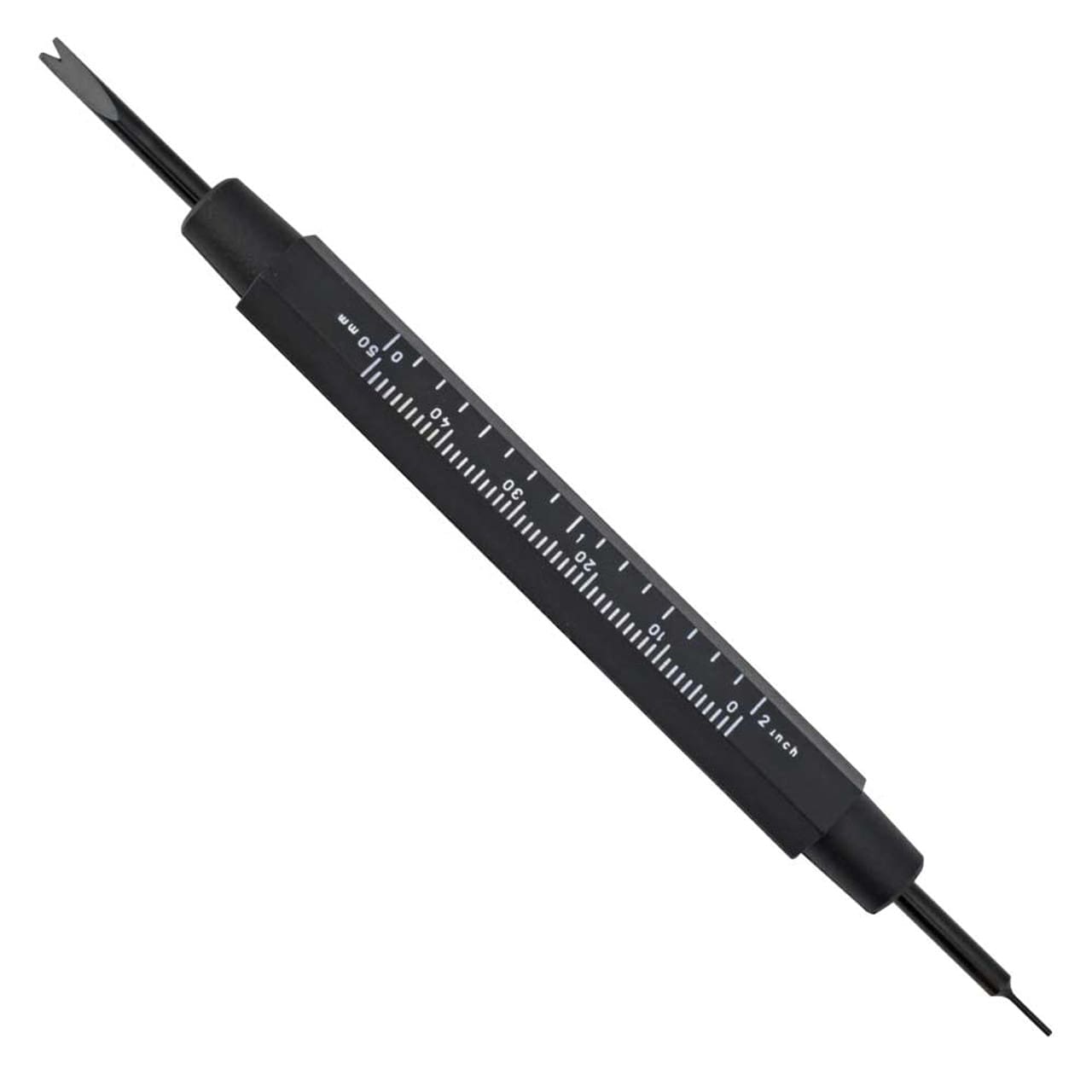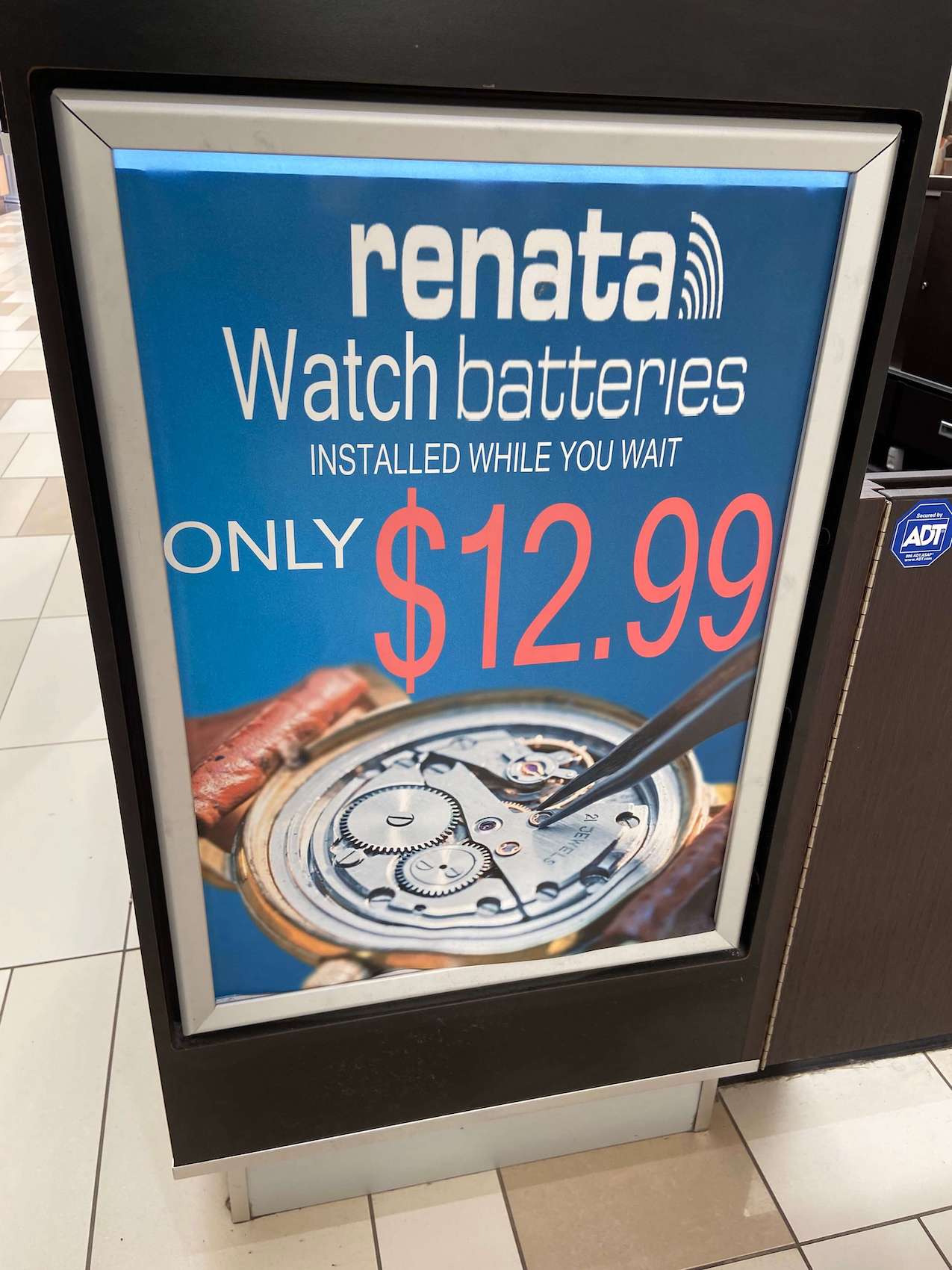Frustration-free watch tool upgrades everyone should own
D.C. HannayIf you’ve jumped into the deep end of the watch collecting pool, you’ve probably accumulated a few tools for accomplishing minor tasks, such as changing straps and bracelets, installing new batteries in quartz watches, and general cleaning chores.
At some point in your collecting journey, you’ve probably picked up one of those generic sets from eBay, AliExpress, or Amazon, featuring tools of dubious quality. While some of the included implements are passable, such as the little ball peen hammer (it’s a hammer, what could go wrong?), you’ll soon discover which tools you use all the time, and which ones never leave the case. For those go-to items, it can be pretty frustrating when they slip, possibly scratching your prized timepiece, or just break outright, leaving your intended task unaccomplished. Your watches deserve an upgrade. Here are a few of the essential, quality tools and accessories you need to get the most out of your watches.
Spring bar tool
I’m willing to bet that you already have a few spring bar tools in your arsenal. I have a pile of them that were included with some of my watch purchases, but generally speaking, the quality is fair to appalling. I’ve bent or broken many of their forked tips over the years, and when that happens, it’s likely that you’re about to gain some “honest wear” on the lugs of your favourite watch.
Trust me on this, a really good spring bar tool is essential if you swap straps on the regular, and some of the best come from Swiss watch toolmaker Bergeon. You’ll see this name come up a lot when researching watch tools, with good reason: they last, and most of their tools’ wear items are replaceable. I like Bergeon’s 3153, which comes with a hardened steel 3mm fork tip on one end, and a 0.8mm pin tip for removing spring bars from drilled lugs. It also features a synthetic, hexagonal handle that doesn’t roll when you set it down, and the tips are easily replaceable. The 3153 runs around US$20. Their all-steel 6767 is also a fine choice.
If you’re a confirmed aesthete, I highly recommend the elevated experience you’ll get with a Baugh Labs spring bar tool. It’s made to order, with its handle individually machined from 6061-T6 aircraft aluminium. Critically, the handle has semi-recessed silicone rubber o-rings for fantastic grip. If you’ve ever owned a favourite pen, the experience is much the same, and the tips are replaceable with any Bergeon 6767 tips. The price? A totally worth-it US$69. You’ll thank me later.
Case back opener
If you have a few quartz-powered watches in your collection, you’ll need a way to replace those batteries, unless you enjoy shelling out $10 or more at a mall kiosk every time you need one, especially when a regular battery usually costs less than a buck. Plus, do you really trust your watch to the place adjacent to the ear-piercing stand and the frozen yoghurt shop? Most watches will typically have either a snap-back case, or for water-resistant designs, a screwdown back. Your bargain-basement tool set contains a few different implements for accomplishing this task, but the majority of them will leave you frustrated at best, or cursing under your breath after damaging your watch. A common type of snap-back removal tool is the caseback knife, a so-so design in the best case. There are decent quality Swiss versions, but the majority of what you’ll find is too dull or made of cheap metal, while the design of the caseback knife itself is flawed, with its awkward method of prying and mixed results.
I much prefer a purpose-designed prybar-type device, a far sturdier solution resembling a small screwdriver. It offers a much more effective use of leverage, and in most cases, removal is a breeze. You can find cheap versions, but if you want to buy it once, it’s hard to beat the Bergeon 4755, with its super-fine edge that slips under caseback edges without drama. The retail on this super-handy tool is just under US$40.
For screwdown casebacks, there are a plethora of different types of adjustable wrenches, from the janky one that came with your tool set, to precision ones costing hundreds of dollars. Sometimes a wrench is required to remove an especially stubborn caseback, but if your watch has gotten to the point where the caseback is seized, it’s probably time for professional help. But in most cases, a wrench is pure overkill, and the solution is surprisingly simple: a rubber ball. Bergeon makes one that looks like a cute little 8-ball, but it’s remarkably effective in removing most screwdown casebacks with minimal effort. It’ll run you less than US$10. And if you’re in a pinch, a squash ball will accomplish the same thing.
Screwdrivers
If you need to size a bracelet, you’re usually dealing with pins on cheaper or vintage watches, and for higher end models, screwed links. There’s usually a basic pin removal tool in most watch tool kits, so the one you have may be alright. Then again, it may be crap, but that’s a rabbit hole for another time.
A set of watchmaker’s screwdrivers can cost an eye-watering amount of cash, but if it’s your profession, the investment’s well worth it for something you use every day. For the rest of us, a basic set will cover most situations, and I like this four-piece set from Horotec. It’s got a range of different-sized driver tips that are easily replaceable, and a nice knurled grip. They don’t feel cheap, and the durability is great at the price, about US$25.
Plastic polish
If you’re a vintage fiend like me, or if you own a vintage-spec Speedmaster or one of Lorier’s retro-leaning models, you’re dealing with a Hesalite acrylic crystal. I personally love the look of a domed acrylic crystal, which has a way of distorting the dial’s edge that can’t be duplicated by sapphire. Another thing? Impact resistance is better than just about anything else. I’ve personally bashed my share of vintage crystals with no harm to the watch, and the resulting scratches usually buff right out with an application of Polywatch, about US$8 for 5 grams. This plastic polish works so well, Lorier includes a tube of Polywatch with their new watches.














